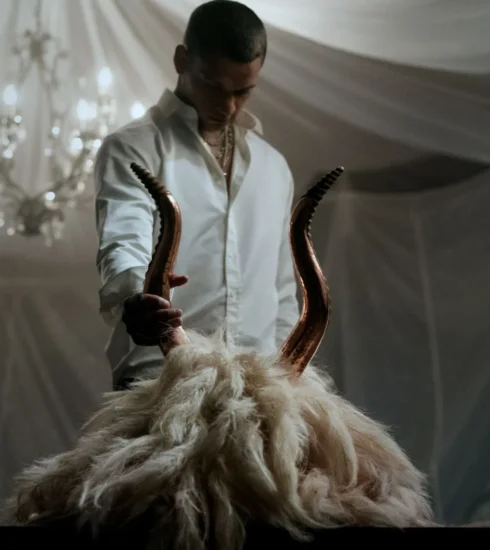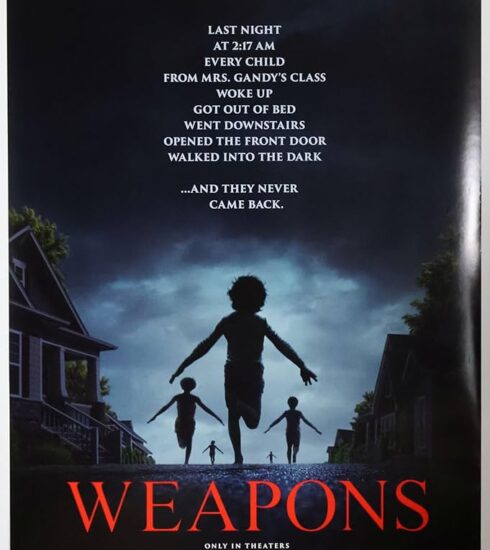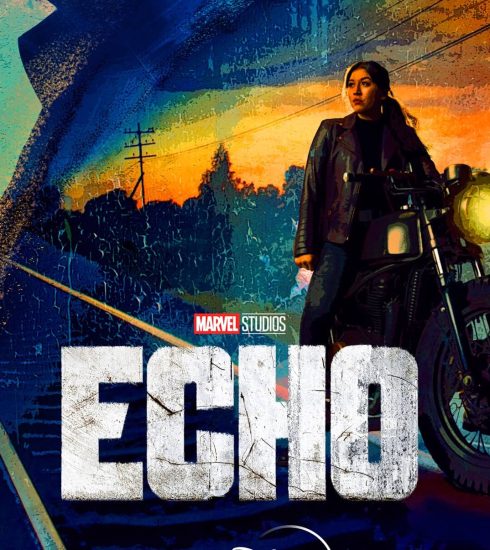Movie Review: Nosferatu
Overcome by terror, a character near the end of Robert Eggers’ remake of Nosferatu shrieks, “What is this insufferable darkness?” Let that be a warning: for his fourth feature, the writer/director has crafted an absorbing nightmare from which there is no escape. Inspired by FW Murnau’s 1922 silent film, Eggers gives us a gothic horror that teeters on the edge of madness, resulting in an elegantly woven tapestry of encroaching evil. Led by Bill Skarsgard as the unholy titular monster, this Nosferatu leaves its mark as one of the most memorable vampire tales.
Fans of this director, who has previously made The Northman, The Lighthouse and The Witch, will no doubt be intrigued by this remake, which he has tried to mount for about a decade, and a supporting cast that includes Nicholas Hoult, Lily-Rose Depp and Aaron Taylor-Johnson should also attract audiences. Set in Germany in 1838, this remake stars Hoult as Thomas, a young real estate agent dispatched to Transylvania to meet with an eccentric client, Count Orlok (Skarsgard), who is about to buy a condemned property in Thomas’ hometown of Wisborg. But once Thomas meets Orlok, it is clear this menacing figure has ulterior motives — namely, that he wishes to hunt down the object of his mysterious obsession, Thomas’ bride Ellen (Depp).
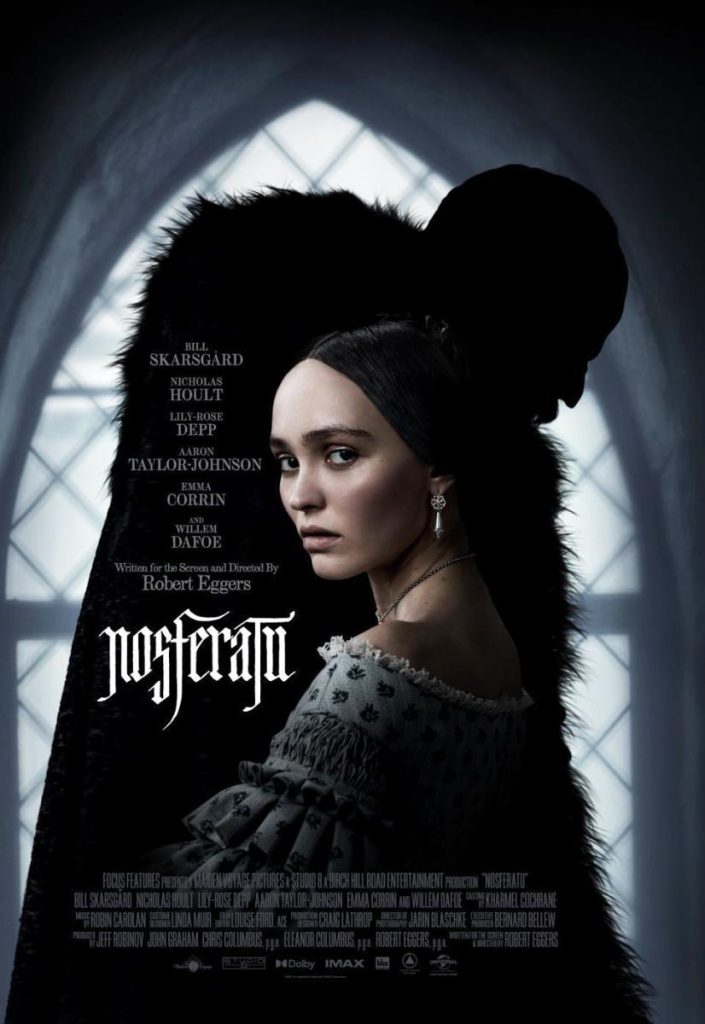
Murnau’s silent classic, based on Bram Stoker’s 1897 novel Dracula, remains a taut, haunting horror film, with Max Schreck unforgettable as the inhuman Orlok. The 1922 Nosferatu influenced the 1979 Werner Herzog remake Nosferatu The Vampyre — not to mention the cheeky 2000 thriller Shadow Of The Vampire, an imagined look at the making of the original Nosferatu, starring Willem Dafoe as Schreck, who turns out to be an actual vampire. (Eggers also casts Dafoe, who appeared in the director’s two previous films, in his Nosferatu.) These different vampire iterations — as well as Francis Ford Coppola’s 1992 hit Bram Stoker’s Dracula — have kept Stoker’s indelible monster alive in film culture for more than a century.
Working with frequent collaborators, cinematographer Jarin Blaschke, and production designer Craig Lathrop, Eggers is fairly faithful to the Dracula/Nosferatu legend. But what makes this a standout take is the intensity of its visceral horror and the commitment of its hyperbolic performances. Starting in a fairly realistic vein, the film slowly grows more unnerving once the mild-mannered Thomas reaches Orlok’s foreboding castle. Soon, Simon McBurney is giving a demented turn as the possessed Herr Knock, while Dafoe endearingly chews the scenery as Professor Von Franz, an occultist who quickly realises that something wicked has made its way to Wisborg. The knowingly heightened performances lend Nosferatu a welcome infusion of levity amidst the suffocating dread while starkly contrasting Wisborg’s genteel, privileged society with the death and unfathomable evil that Orlok represents.
David White’s expert makeup and prosthetics work transforms Skarsgard, who played the malicious Pennywise in the It films, into the ghoulish, long-nailed, corpse-like Orlok, whose thick Transylvanian accent only accentuates his creepy otherworldliness. It is a portrayal devoid of charm or flair, with Skarsgard depicting a force of nature that cannot be stopped or reasoned with. Unlike some other Dracula pictures, there is nothing swooningly romantic about Orlok’s fervour for Ellen — here, it is simply a ferocious, animalistic craving. Skarsgard’s chilling portrayal is underlined by Blaschke’s shadow-laden cinematography and Robin Carolan’s driving score, which help envelop the viewer in Eggers’ doomy atmosphere.
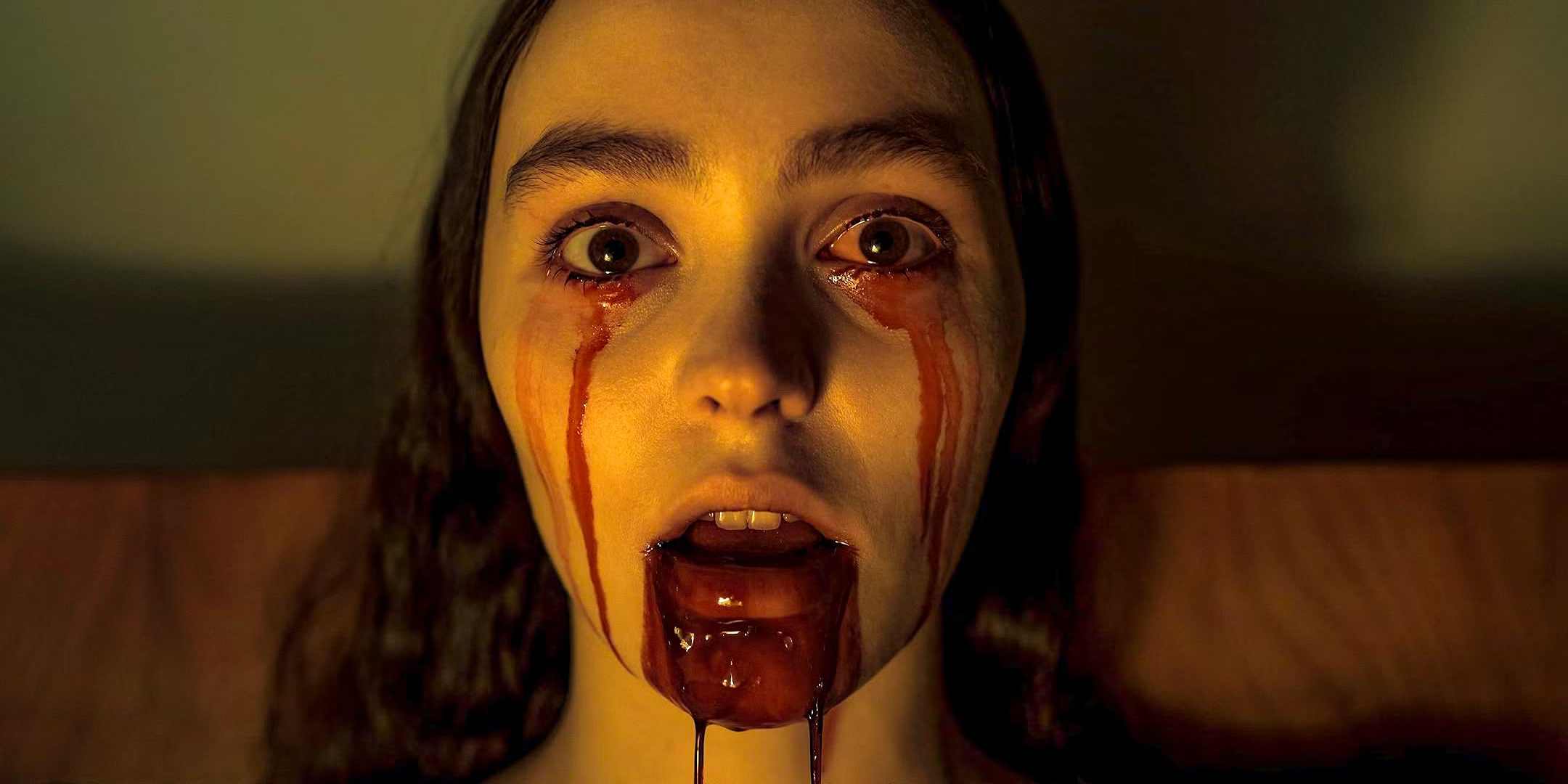
At over two hours — Murnau’s original was a fleet 90 minutes — this remake can sometimes drag in between the filmmaker’s masterful horror sequences, which are terrifying without being aggressively gory. Some in the cast, including Taylor-Johnson as Thomas, have to compensate for underwritten characters. But while Depp is not initially a particularly dynamic Ellen, she is volcanic once this bride falls under Orlok’s deadly spell, giving a performance as harrowingly physical as any in recent memory.
It can be hard to breathe while watching this Nosferatu, but alongside that fear is a jubilation at watching a top-flight genre filmmaker bring his considerable talents to an immortal story, finding new ways to send shivers down our spines. The 1922 original was subtitled A Symphony Of Horror — Eggers similarly conducts like a maestro, building to a stunning crescendo.
8/10
Boluwatife Adesina is a media writer and the helmer of the Downtown Review page. He’s probably in a cinema near you.




